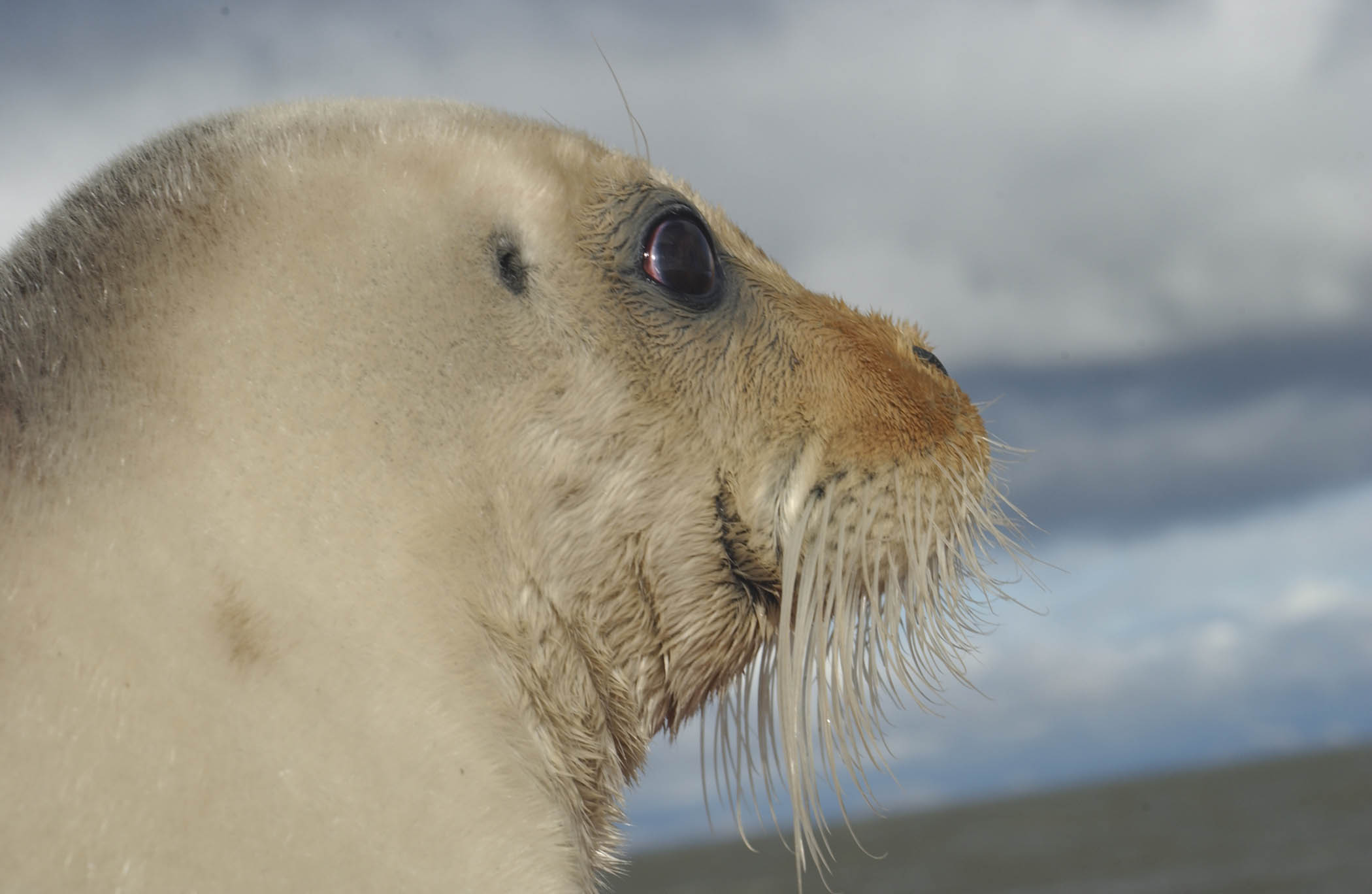US appeals court supports climate-based listing of bearded seals as threatened
The 9th Circuit Court of Appeals on Monday reinstated a decision protecting bearded seals in Alaska under the Endangered Species Act, reversing a lower-court ruling and accepting that projections of climate change present a long-term threat to the ice-dependent species.
The opinion, written by 9th Circuit Court of Appeals Judge Richard Paez, said the decision was based on whether the National Marine Fisheries Service can list an animal population that is not currently endangered but likely will suffer a population decline in decades to come.
“This case turns on one issue: When NMFS determines that a species that is not presently endangered will lose its habitat due to climate change by the end of the century, may NMFS list that species as threatened under the Endangered Species Act?” he wrote in a case heard by a three-judge panel of the court.

In 2014, U.S. District Judge Ralph Beistline, a George W. Bush appointee, answered in the negative, calling the listing “inherently arbitrary and capricious.”
But Paez, nominated to the bench by President Bill Clinton, called the listing “reasonable” based on the administrative record supporting the 2012 listing.
Groups losing in the decision include the state of Alaska, the Alaska Oil and Gas Association and the American Petroleum Institute, as well as the governments and Native corporations representing the Barrow and Kotzebue regions in northern Alaska.
Alaska Oil and Gas Association president Kara Moriarty said her group was disappointed to see Beistline’s decision overturned.
“The approach taken by this 9th Circuit panel fails to require federal agencies to make any scientific demonstration that a species qualifies as ‘threatened’ or ‘endangered’ under the (Endangered Species Act),” she said in an emailed statement. “This is not what Congress intended when it enacted the ESA.”
“Their rationale for listing the bearded seal was based on conjecture rather than science,” Moriarty said. “We, along with the other plaintiffs are currently considering our options moving forward.” Among the options: ask that the decision be reviewed by the entire appellate court, a rarely approved move, or appeal to the U.S. Supreme Court.
The groups sued the listing agency and key federal officials, including Penny Pritzker, U.S. secretary of commerce, who oversees the National Marine Fisheries Service.
The decision is expected to trigger protections for the animal whose range in U.S. waters includes the Bering Sea and the Beaufort and Chukchi seas of the Arctic Ocean. The animals often follow the pack ice as it moves south in winter and retreats north in summer.
The protections, including a designation of critical habitat, may affect potential development, such as Hilcorp’s Liberty project, seeking to produce oil from federal waters off the coast of Alaska about 15 miles east of Prudhoe Bay. It may require the project to take additional steps to avoid harming the animals.
Joshua Kindred, environmental counsel for AOGA, said the threatened status for the bearded seal will lead to delays and additional costs for developers by adding an extra layer of consultation with federal agencies and perhaps new mitigation efforts to restore or protect habitat.
Those protections could place limits on marine traffic needed to supply offshore projects.
Kindred said there are concerns that federal agencies, based on an order from President Barack Obama in November, are on a path to strengthen mitigation policies to prevent a net loss of habitat.
That would further increase project costs and delays, Kindred said.
The Tucson-based Center for Biological Diversity in 2008 filed the original petition requesting the listing of the bearded seal and two other sea-ice seals, the spotted and ringed seals, under the Endangered Species Act.
With the bearded seal listed for protection, the Center for Biological Diversity intervened in the case on the side of the federal government.
“This decision will give bearded seals a fighting chance,” said Kristen Monsell, an attorney for the group who argued the case.
She said the only way to mitigate climate-related harm to bearded seals is to deny development permits so fossil fuels stay in the ground and don’t contribute to planet-warming greenhouse gases when they’re burned.
The animals’ frozen habitat in the Bering and Okhotsk seas off Alaska and Russia is projected to decline by at least 40 percent by 2050, the Center for Biological Diversity said. Summer sea ice is expected to vanish in two decades.
The decision is similar to an earlier legal battle over the polar bear, now listed as threatened because of projected threats modeled out to 2050, said Monsell. The models predict a steady loss in sea ice.
The bearded-seal decision is based on climate projections with a much longer horizon. The National Marine Fisheries Service determined the loss of sea ice over shallow waters in the Arctic Ocean would leave the bearded seal endangered by 2095, according to the decision.
Cori Mills, a state assistant attorney general who speaks for the Alaska Department of Law, said the state is not pleased with the decision.
“If this opinion stands, it seems to stand for the proposition the NMFS could list a species based on the claim that 100 years in the future, climate change may harm that species, even though the bearded seal now has a robust, healthy population,” she said.
The state is considering its options, including asking for reconsideration of the decision by the three-judge panel, requesting a review by the full 9th Circuit Court, or appealing to the U.S. Supreme Court.
The decision could have “major implications” for other climate-threatened species, said Monsell.
The 9th Circuit Court will be deliberating in another clash — the ringed seal, officials said.
Beistline in March also vacated that status, calling the 2012 listing by NMFS arbitrary and capricious.
But with this new decision in hand, the Center for Biological Diversity is confident that the precedent will result in reinstatement of the threatened status for ringed seals as well, said Monsell.